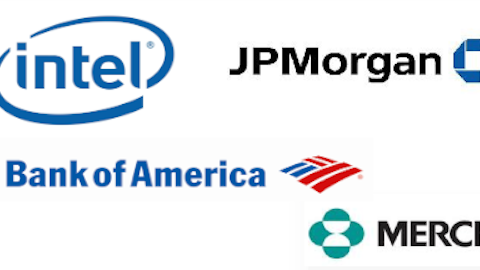The first successful Bakken well on the Clarence Iverson Farm was a modest producer by these standards. In its 28-year working life, the well produced 585,000 barrels of oil, or about 1,750 barrels per month. This was enough to make Clarence Iverson himself a wealthy man. His son, when interviewed by the Associated Press in 2008, said his late father “never got used to all that money.”
A symbol of America opens to the world
On April 4, 1973, The New York Times reported that “the $700-million World Trade Center, its two 1,350-foot towers the largest buildings in the world, was dedicated formally yesterday by Governors Rockefeller [of New York] and Cahill [of New Jersey].” The dedication and opening of the Twin Towers, and the rest of the landmark complex, brought to a close more than a decade of ambition, planning, and construction.
Skyscraper.org offers a glimpse at the history of the complex’s construction:
Construction of a world trade facility had been under consideration since the end of WWII. In the late 1950s the Port Authority took interest in the project and in 1962 fixed its site on the west side of Lower Manhattan on a superblock bounded by Vesey, Liberty, Church and West Streets. Architect Minoru Yamasaki was selected to design the project; architects Emery Roth & Sons handled production work, and, at the request of Yamasaki, the firm of Worthington, Skilling, Helle and Jackson served as engineers.
The Port Authority envisioned a project with a total of 10 million square feet of office space. To achieve this, Yamasaki considered more than a hundred different building configurations before settling on the concept of twin towers and three lower-rise structures. Designed to be very tall to maximize the area of the plaza, the towers were initially to rise to only 80-90 stories. Only later was it decided to construct them as the world’s tallest buildings, following a suggestion said to have originated with the Port Authority’s public relations staff.
Yamasaki himself had high hopes for what the World Trade Center might become:
The World Trade Center is a living symbol of man’s dedication to world peace. … Beyond the compelling need to make this a monument to world peace, the World Trade Center should, because of its importance, become a representation of man’s belief in humanity, his need for individual dignity, his belief in the cooperation of men, and through this cooperation, his ability to find greatness.
Unfortunately, the Twin Towers also became a lightning rod for controversy — and, ultimately, tragedy. Completed at the start of one of the deepest downturns in the Dow Jones Industrial Average since the Great Depression, the World Trade Center and the Sears Tower (completed a year later as the crash neared its end) came to be the 1970s touchstones for the Skyscraper Index, which predicts that such downturns coincide with the construction of record-breaking buildings. In fact, the Dow would not get past its early 1974 closing levels until late 1982.
The World Trade Center suffered a major fire in 1975, a bombing in 1993, and a multimillion-dollar robbery in 1998 before succumbing to terrorist attacks that launched two aircraft into its 110-story towers, resulting in the deaths of nearly 3,000 people. Begun as a symbol for world peace and shared humanity, the World Trade Center ended its life as a rallying cry for war and a reminder that some men will always be capable of boundless inhumanity.

